Firstly, I am aware that a similar question exists.
That being said, I have built a portable power station comprised of a 24V 25Ah LiFePO4 battery in an 8S1P configuration. From this I am able to run my DC loads and 500W AC inverter easily. Connected to the battery is a Victron SmartSolar MPPT 75/15 charge controller. The entire things works great, but I would like to add the ability to charge the battery via AC.
At this moment, dedicated 29.2V LiFePO4 battery AC chargers cost an arm and a leg! So I'm trying to get by with existing components that I currently have. Here is what I have in mind with a diagram to support ... I have a 12V SMPS with a rated current output of 30A, and intend to connect this to the PV input of the Victron MPPT. Now I have already read in many places that this is ill-advised unless the SMPS is current limited, else the charge controller could end damaging the SMPS. So I thought that I could make use of a boost converter that allows for constant voltage and constant current regulation. The one that I have lying around is (which is oddly the same in the Stackexchange question I linked to above):
with the following specs:
- Module Type: DC-DC Boost / Step-Up Converter (Non-isolated)
- Input Voltage Range: 10 – 60VDC
- Output Voltage Range: 12 – 80VDC
- Operating Current: 15mA (Measured at minimum output of 12VDC – Will increase with higher output voltages)
- Max Output Current: 20A (If greater than 15A, additional cooling is required)
- Max Output Power: 1200W
- Constant Current Range: 0.5A to 20A (±0.3A)
- Undervoltage Protection: Adjustable 9 – 50VDC
- Switching Frequency: 150kHz
- Conversion Efficiency: 92% – 97%
- Other Protection: Over-Current Protection (25A Shutdown) / 30A Input Fuse (2x 15A Fuses in parallel) / Reverse Polarity Protection
- Potentiometer Functions: Undervoltage Adjust Pot / Constant Current Adjust Pot / Constant Voltage Adjust Pot.
This diagram shows what I intend to do:
So my aim would be to set the voltage on the boost converter to perhaps 48V, but I realise I would then only be able to set the CC to 7.5A max.
After this mini-thesis, I would like to know from this community if this solution is viable?
DISCLAIMER: I do not have a formal electrical background - I'm a DIY'er.

